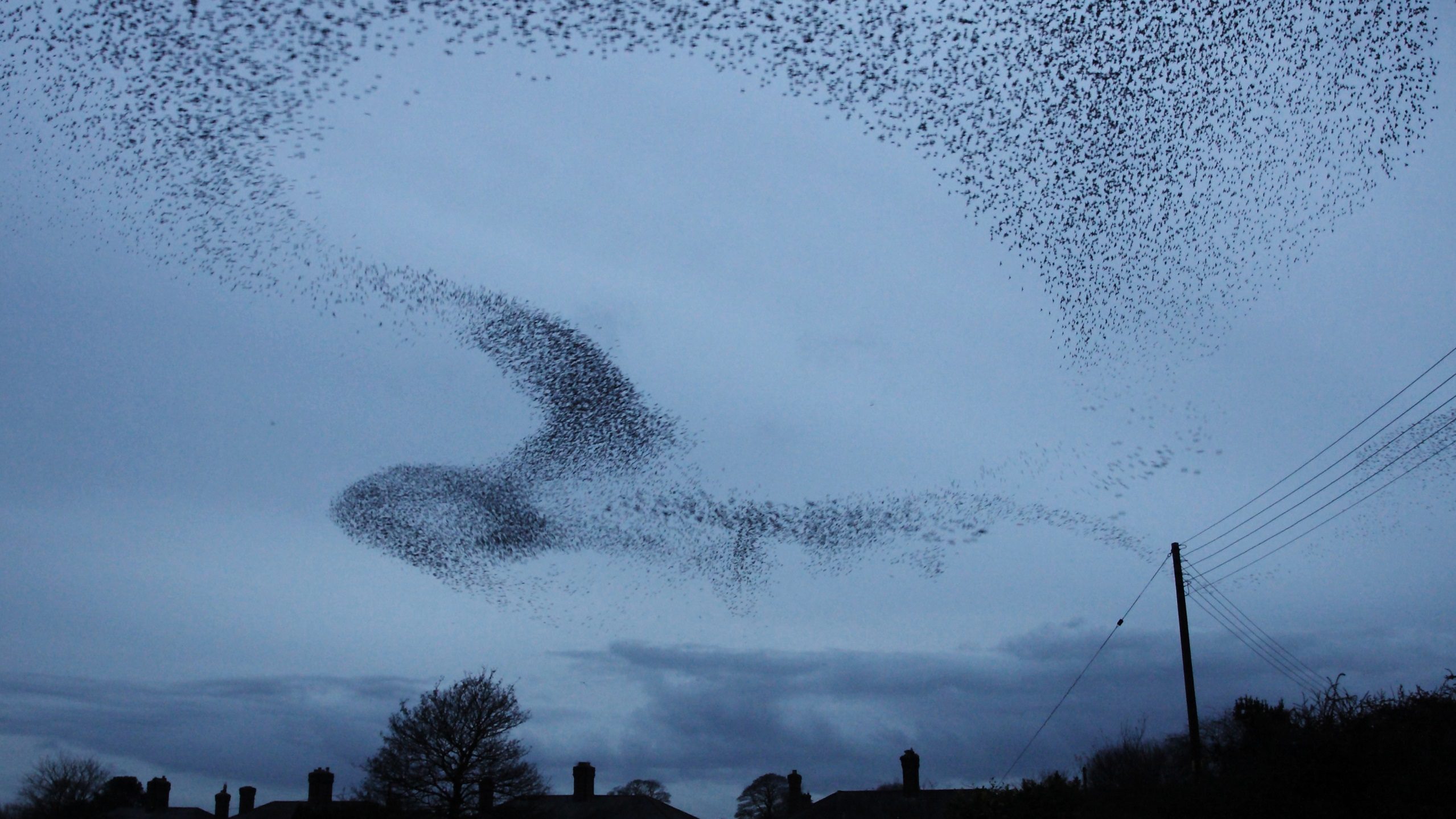The BBC wrote an article on different teaching strategies. Two strategies that caught my attention were the ‘No Hands Up’ and ‘No Grades’ approaches. I have used both, encouraged colleagues to experiment with both and now I am going to try something new today, well next week.
‘No Hands Up’
This strategy focuses on reducing the impact of the bright, very confident, willing to answer students at the expense of two groups of students, the bright but unwilling to answer and the less able students. Instead students are asked to write their answers of mini-whiteboards (or on the back laminated page of their planners.
It’s the return of the slate. Two hundred years ago, the best teachers were getting every child to write their answers on slates. Professor Dylan William.
There are other similar feedback strategies, mini traffic light cards (Yes, No, don’t know), only taking the answer from the 6th respondent, waiting x secs before taking an answer, asking students to assess peer answers all discussed on this Teacherstv video. Although can anyone be as endearing as Ted Wragg? But lets return to the mini-whiteboard for a moment. I think there maybe an even more effective mini-whiteboard answer system.
In light of the article and my interest in Prof Dylan Williams research I emailed him with a mini whiteboards 2.0 update? Basically I outlined the work we (the students and I) had been following our first week back. ‘Tweetories,’ are micro stories inspired by key word generator ‘The Brainstormer.’ The first word is the title and the second two words must be written into the Tweetory. The Tweetory must have a beginning, middle and end, all wrapped up in less than 149 characters. Not an easy task I can assure you. Instead of responding or sharing on mini whiteboards, we are using Analogue, but you could easily use webware / VLE tools such as Micromobs / Twitter / Chat rooms. Students post comments / answers / questions to an Analogue webpage. Affordable? If students can be connected via wifi, then yes its free? Not only can all students respond, but they can see each other’s answers, not always possible with mini whiteboards.
Move the teacher to the back of the classroom and the focus of the students should be on the answer board. Seeing each others answers magnifying the learning. Subsidiary questions to follow from the teacher should deepen the thinking.
If I had the time, I heartedly believe there is a periodical title in there somewhere. ‘Teaching from the back of the classroom?’
With respect Prof Dylan Williams replied, ‘I think slates are useful for helping the teacher make a snap judgment about whether the class should move on. Indeed they do. They are an excellent tool for AFL, for student engagement and for deciding whether or not to move the lesson on. What I want to investigate is how to exploit that feedback for learning and to delve deeper.
As for the no grades? I have not thought that discussion through yet.

